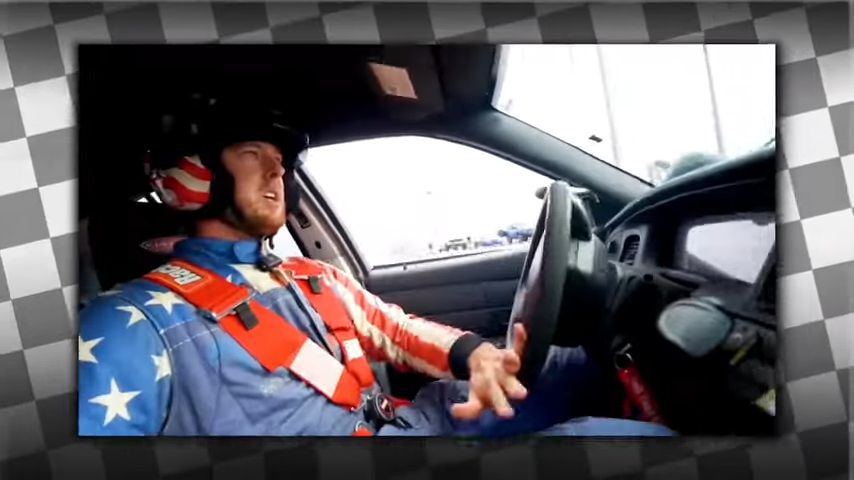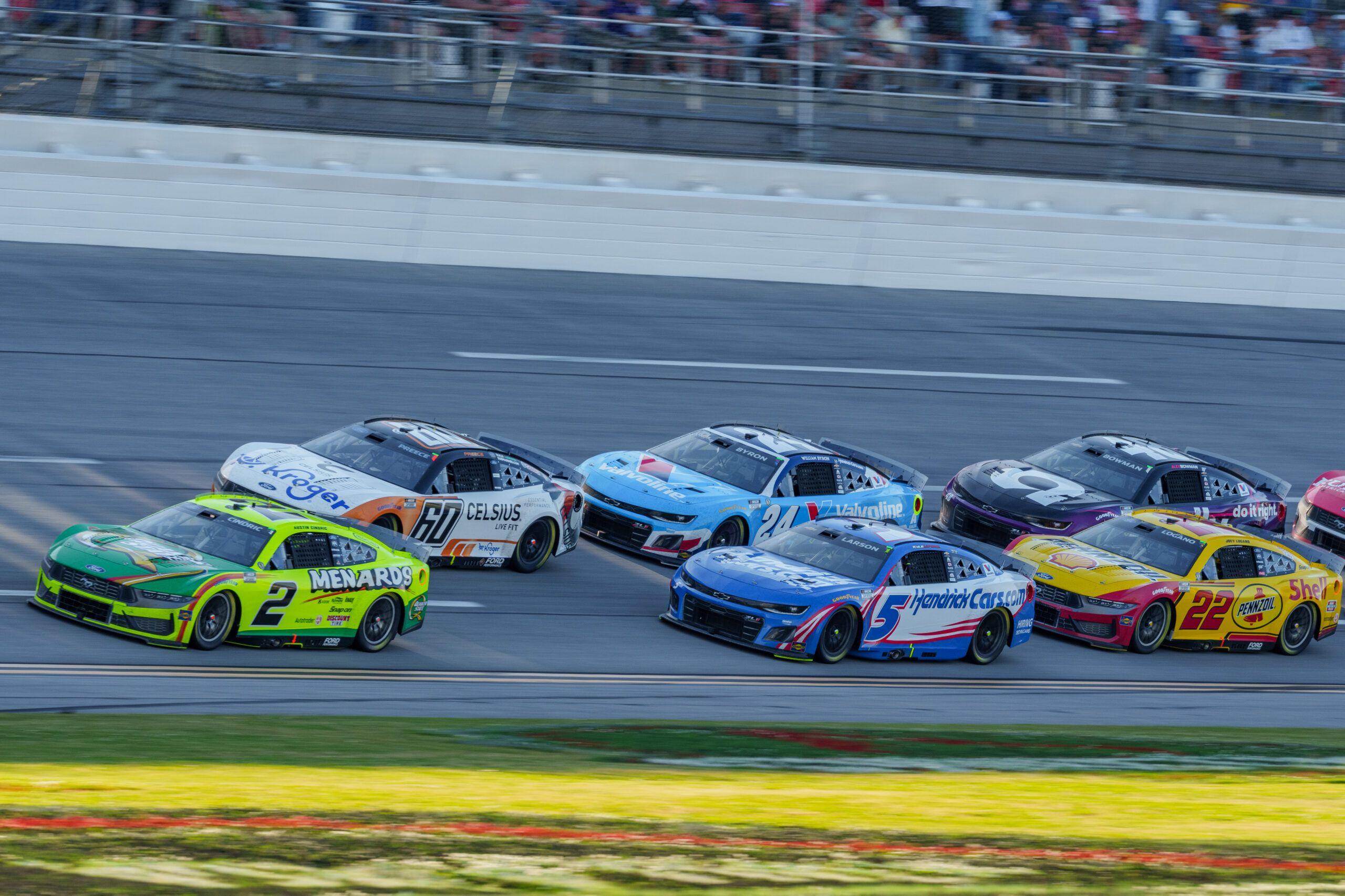The NASCAR world is reeling from a seismic decision by Senior VP of Competition Elton Sawyer following the electrifying Talladega race, a move that’s already sparking heated debates among fans and drivers alike. Talladega’s high-octane chaos delivered heart-stopping moments—close finishes, daring overtakes, and a few controversial wrecks that left the garage buzzing. But it’s Sawyer’s post-race ruling that’s stealing the spotlight, threatening to reshape the sport’s future.

Talladega’s race saw a nail-biting finish with drivers pushing the limits of speed and strategy. A late-race incident involving multiple frontrunners raised eyebrows, prompting Sawyer to dive deep into the rulebook. His decision? A groundbreaking adjustment to NASCAR’s overtime protocol, aimed at ensuring fairer outcomes in chaotic finishes. Starting next race, teams will face stricter guidelines on maintaining positions during restarts, with penalties for aggressive moves deemed reckless. Sawyer called it a “necessary evolution” to preserve competition integrity, but not everyone’s cheering.

Drivers like Joey Logano, known for bold maneuvers, slammed the change as “handcuffing” their ability to race instinctively. “Talladega’s about guts,” Logano said post-race. “You can’t regulate that out of us.” Meanwhile, veterans like Kevin Harvick praised Sawyer’s call, arguing it levels the playing field and rewards skill over chaos. Fans are split—social media’s ablaze with hashtags like #NASCARSellout and #FairRacing, reflecting the divide. Some see it as a step toward safety and clarity; others fear it dilutes the raw thrill that defines superspeedway racing.

The timing couldn’t be more critical. With the playoffs in full swing, Sawyer’s ruling adds a new wrinkle to an already unpredictable season. Teams now scramble to adapt strategies, knowing one misstep could cost them a championship shot. Crew chiefs are burning the midnight oil, analyzing data to navigate the updated rules. The decision also reignites debates about NASCAR’s direction—balancing tradition with modern demands. Superspeedways like Talladega thrive on controlled chaos, but Sawyer’s move suggests a shift toward tighter oversight.
What’s next? The upcoming races will test this new framework under fire. Will drivers adjust, or will we see a rebellion on the track? Sawyer’s gamble could either cement his legacy as a visionary or paint him as the man who tamed NASCAR’s wild heart. One thing’s certain: the sport’s never been more polarizing. As fans pack the stands and drivers strap in, all eyes are on the fallout. Talladega was just the spark—this decision might be the explosion that changes NASCAR forever. Buckle up; the ride’s about to get wilder.





